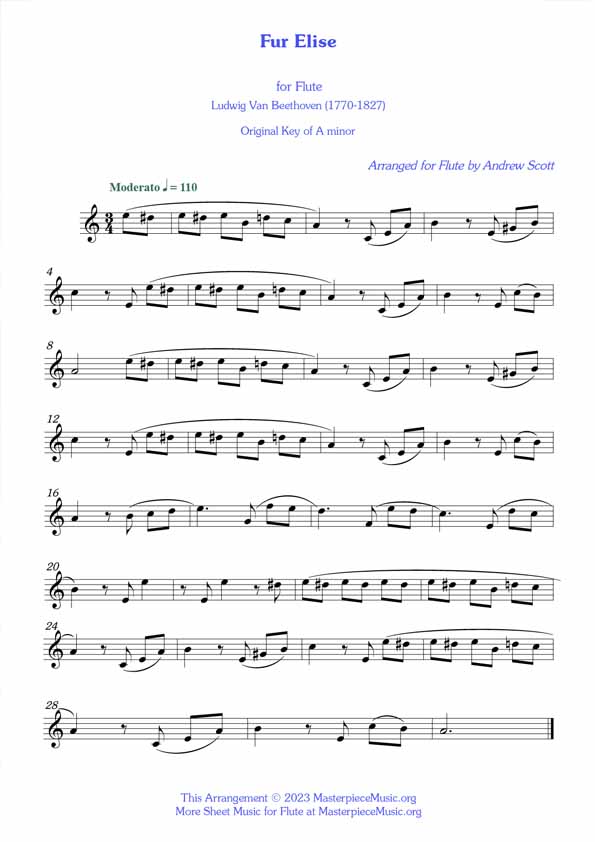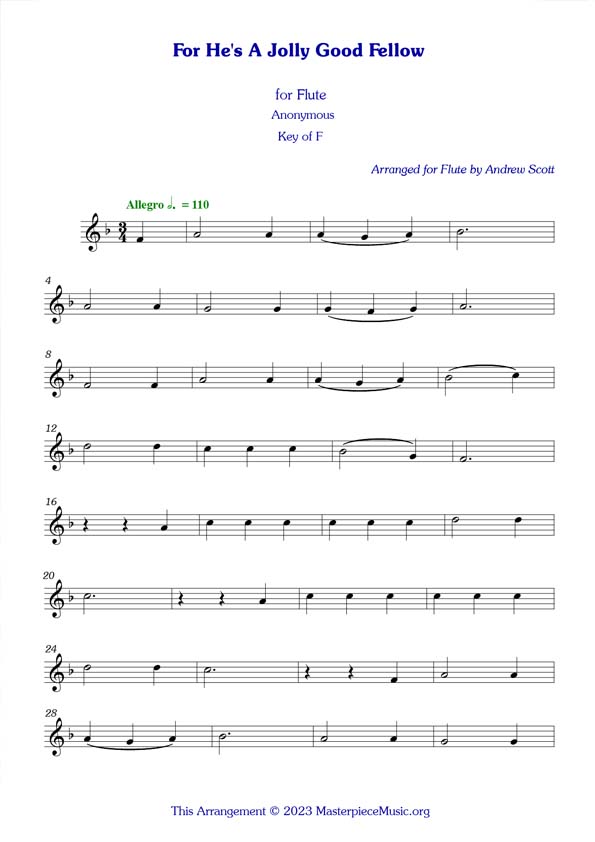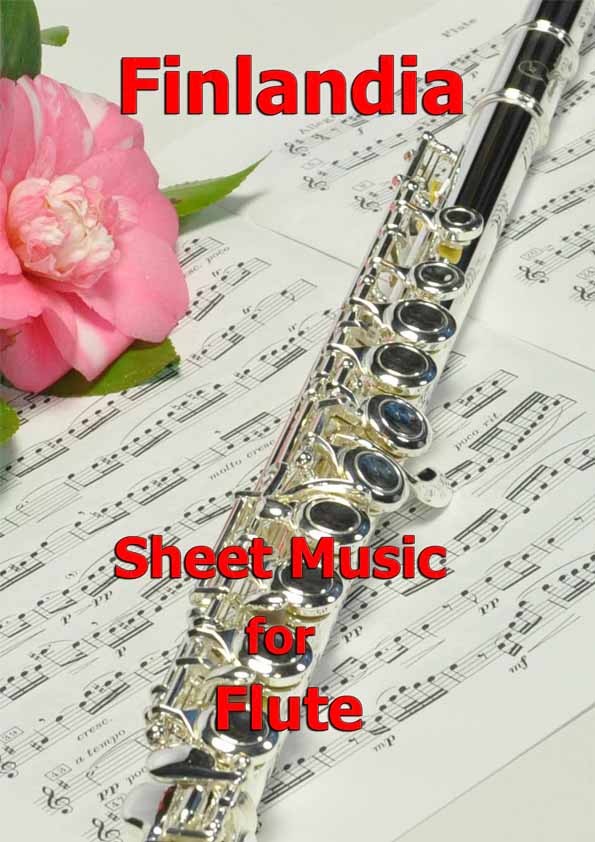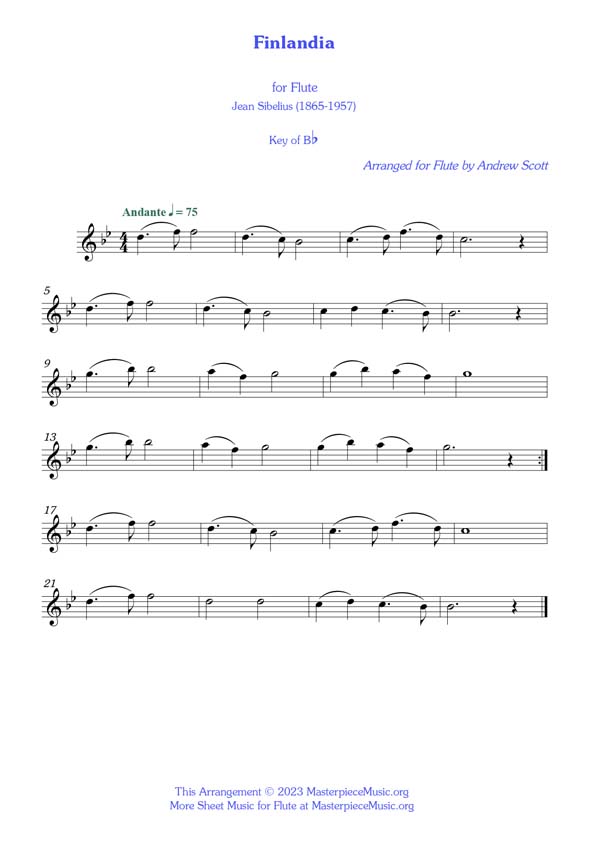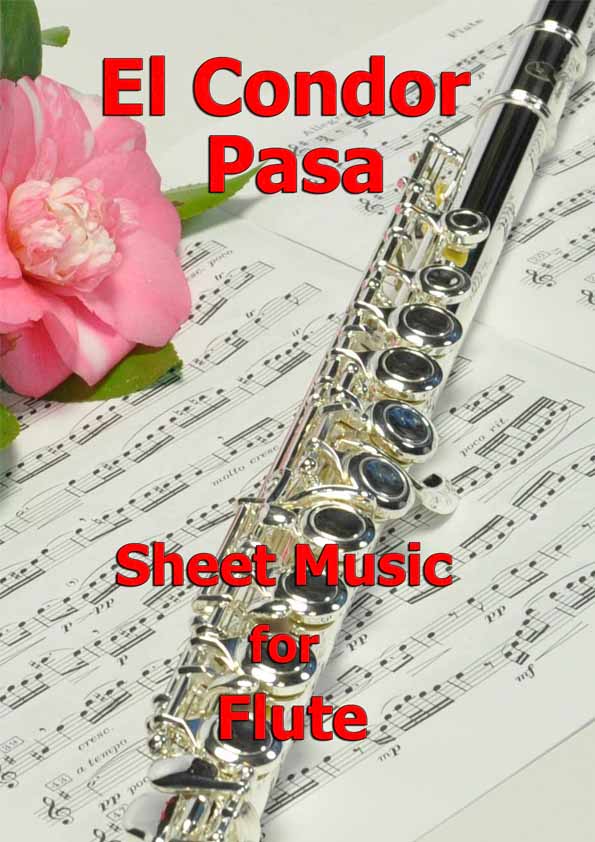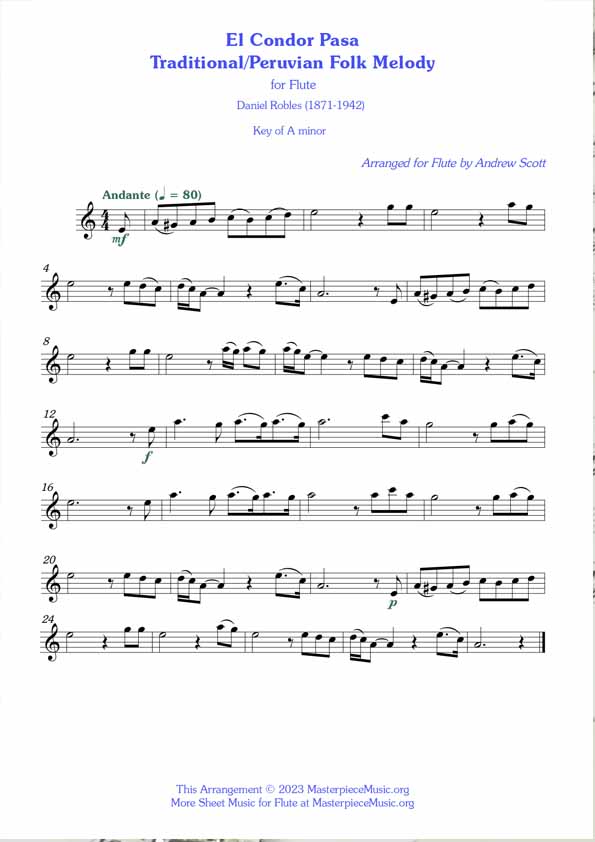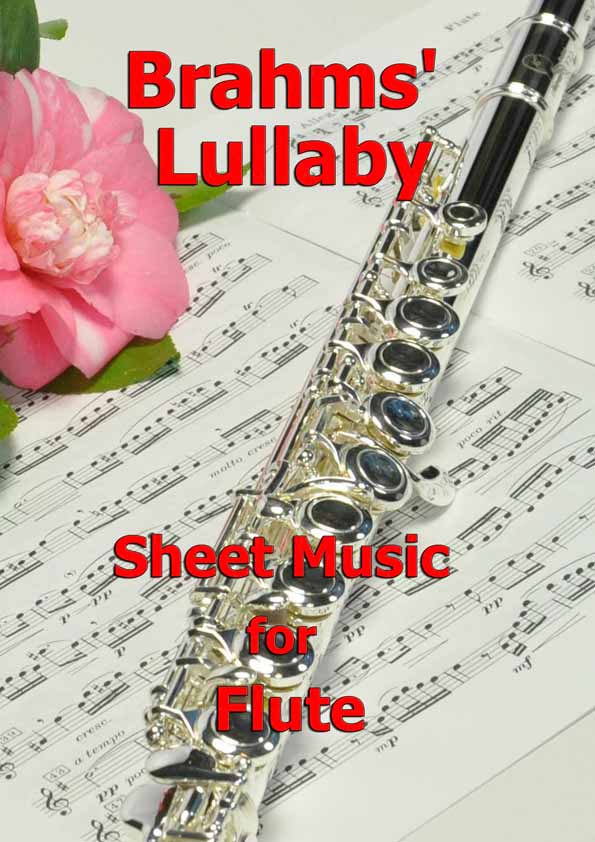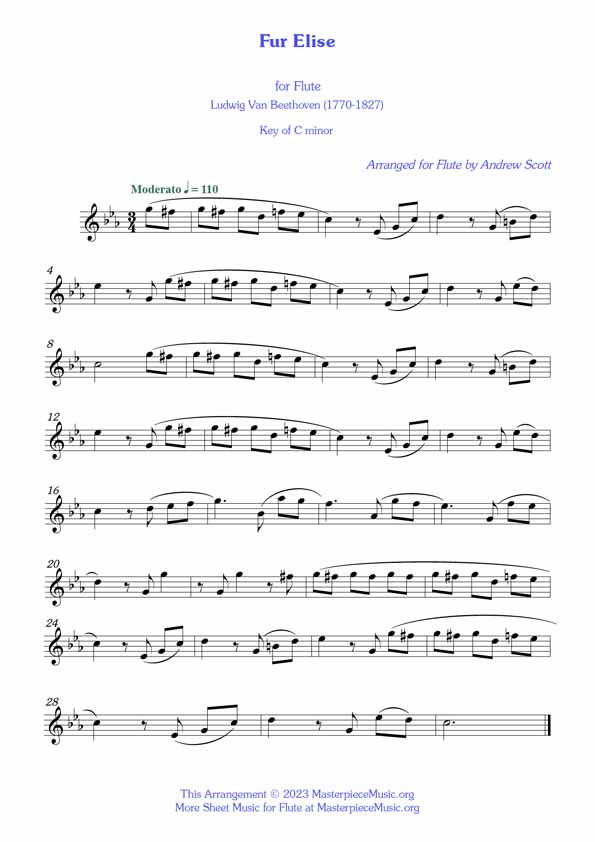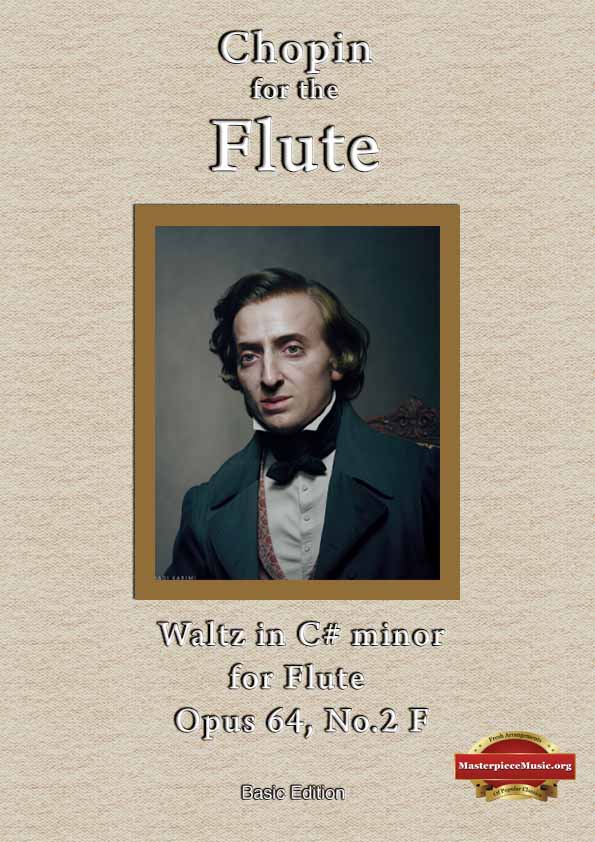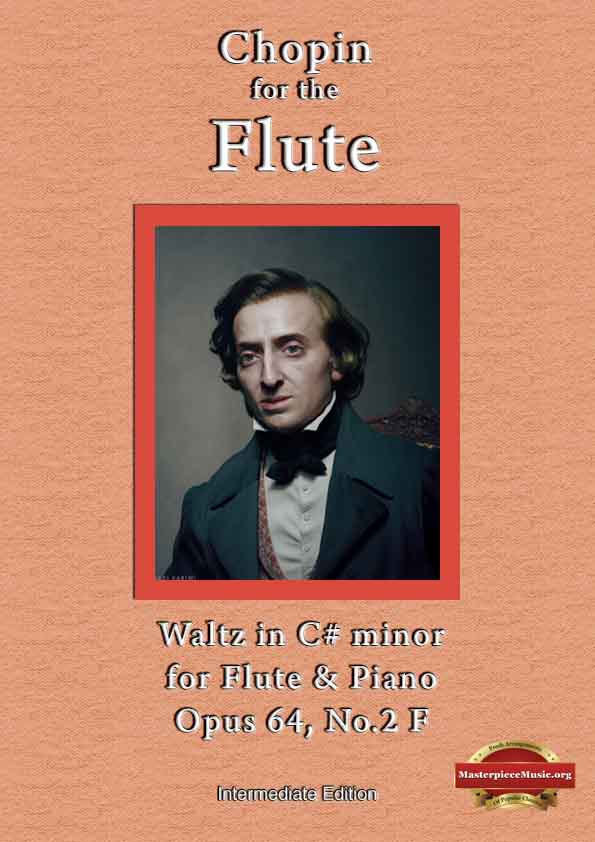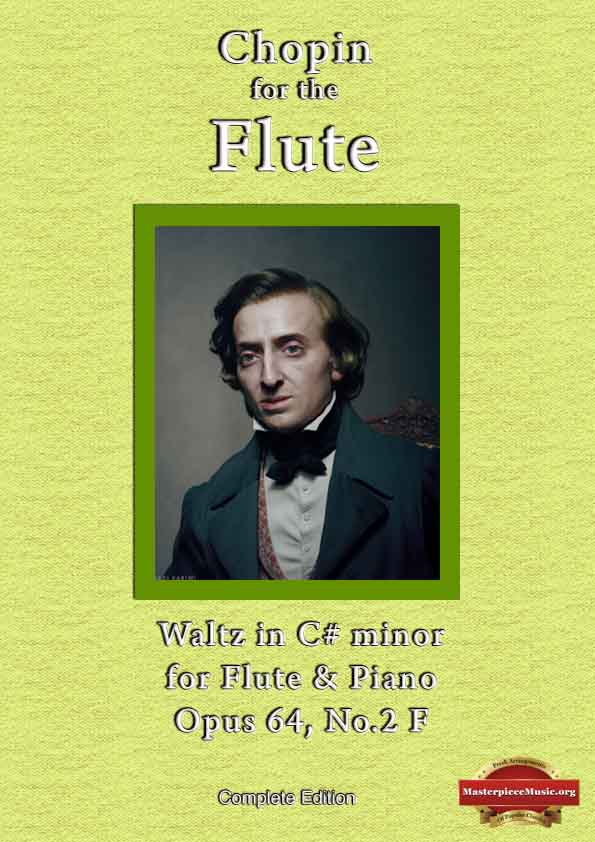Fur Elise – Key of A minor
Free Sheet Music for Flute
Ludwig van Beethoven (1770–1827)
Country of origin: Germany
Played by Clarissa Payne
Click to enlarge
Fur Elise is one of Ludwig van Beethoven’s most famous compositions. Although its exact origins and intended recipient remain a mystery, it is believed that Beethoven composed this delightful piece around 1810. The title translates to For Elise, suggesting that it may have been dedicated to a woman named Therese Malfatti, whom Beethoven had feelings for.
This charming bagatelle is a staple in the classical music repertoire and is cherished for its elegance and emotive quality. It is often performed at recitals, weddings, and formal gatherings. The piece’s popularity stems from its timeless beauty and versatility, making it suitable for both beginner and advanced flute players. Its expressive nature allows musicians to convey a wide range of emotions, making it a captivating choice for various occasions.
Fur Elise’s enduring appeal has made it a favorite among musicians and audiences alike, and its performance can add a touch of sophistication to any event.

